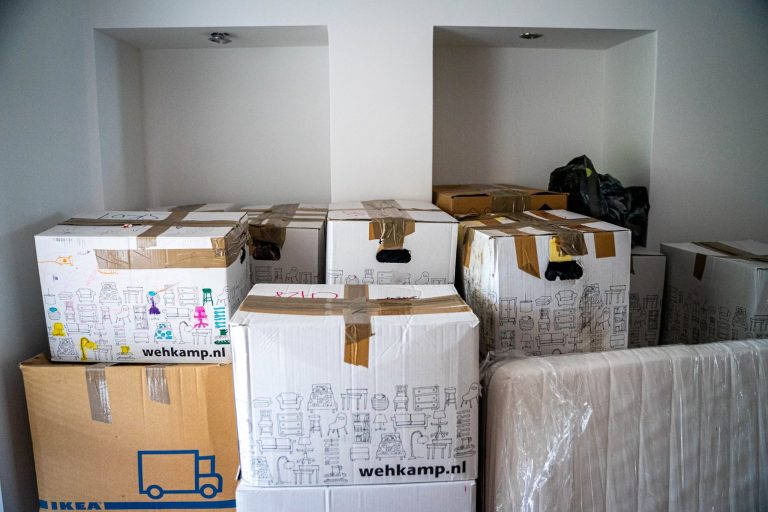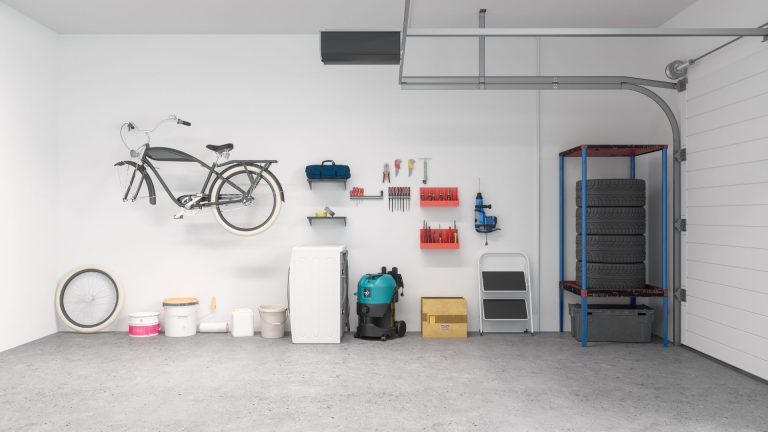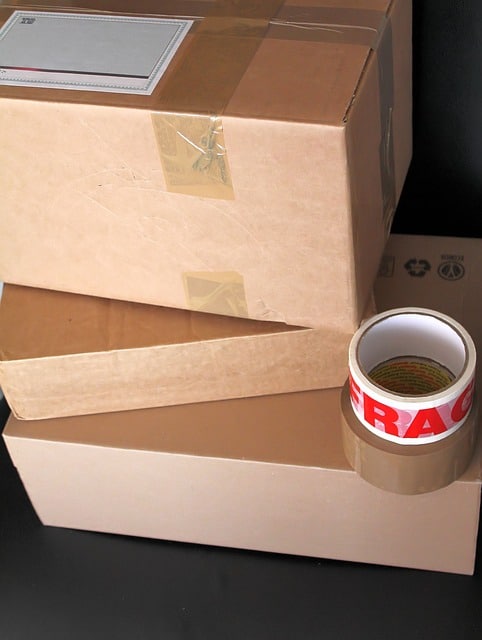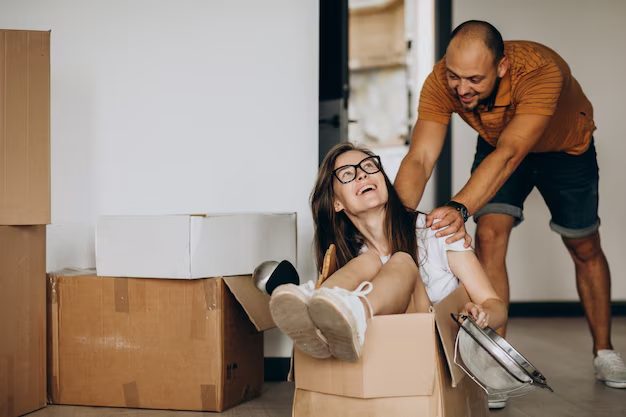Ever noticed how the thrill of buying a new home can push important inspection steps into the background? It happens all the time. You’re thinking about paint colors and furniture placement while potential issues lurk beneath those freshly painted walls. So many buyers get caught up in curb appeal and neighborhood ratings that they miss the warning signs of future problems.
What separates your dream home from a budget-draining nightmare is usually just a careful look at foundations, water systems, flood risks, and pest activity. Taking care of these checks before the moving truck arrives saves countless headaches down the road. You’ll thank yourself later for paying attention to these crucial details now.
Simplifying the Moving Process
Stress is a natural part of moving, but planning ahead makes all the difference. Take time to sort through your belongings before you start packing. This decluttering step cuts down on moving costs and saves time. Sort what remains by room or purpose, then pack each category with care. Try color-coding boxes by room — it’ll make unpacking so much easier.
Don’t forget about utilities! Nobody wants to arrive at a new home without electricity or water. Call providers at least two weeks ahead to arrange service transfers. While you’re at it, make a master list of everywhere needing your updated address:
- Subscription services and regular deliveries.
- Banks and financial institutions.
- Insurance providers.
- Government agencies and licensing offices.
- Medical providers and pharmacies.
- Online shopping accounts.
For moving day, put together an “open first” box with essentials you’ll need right away:
- Toiletries and medications.
- Phone chargers and basic electronics.
- Simple tools for furniture assembly.
- Change of clothes and towels.
- Basic cleaning supplies.
- Snacks and water bottles.
Once that’s taken care of, you can make moving easier and far less stressful with a solid approach. Start by decluttering—getting rid of what you no longer need makes packing faster and lighter. Use towels, linens, and baskets to protect breakables and save space. You should also label every box with its contents and destination room to simplify unloading. The extra prep work is well worth it.
Checking the Water System Before You Move In
In case you don’t already know, your water quality affects everything from your health to how long your appliances last. So if you’re moving to a home with well water, you’ll want to give that extra attention. Unlike city water, private wells don’t have government oversight—the testing falls on your shoulders. Before drinking a single glass, schedule professional testing for bacteria, nitrates, lead, and other potential contaminants.
A thorough well inspection should examine these key components:
- Well cap: Check for proper sealing to prevent contamination
- Pressure tank: Look for leaks or unusual cycling patterns
- Well location: Note proximity to septic systems or other contamination sources
- Pump condition: Verify age and maintenance history
- Watercolor and odor: Observe for discoloration or unusual smells
Addressing specific issues becomes straightforward once you understand what’s in your water. Hard water typically requires a softener to protect appliances and improve cleaning effectiveness. Acidic water often needs neutralizers to prevent pipe corrosion. Installing appropriate filtration systems tailored to your specific water challenges ensures safe drinking water throughout the home.
Water pressure significantly affects daily life and household functionality. Testing multiple water sources simultaneously reveals the system’s capacity during peak usage times. The ability to shower while running a dishwasher indicates adequate pressure distribution. Low pressure often signals pump problems or distribution issues that require addressing before moving in.
Obtaining maintenance records from previous owners provides valuable system history. Information about pump replacements, filter changes, and service dates offers insight into future maintenance needs. Creating a maintenance calendar immediately helps prevent system failures and extends equipment life. Establishing relationships with reliable local well service professionals early provides valuable support for any future issues that might arise.
Final Home Checks and Moving Day Success
Even a quick look at your basement can tell you a lot about your home, but a closer look can uncover serious issues before they cost you the farm. More specifically, a thorough basement inspection tells you about structural integrity and moisture management. Look for these warning signs on your first tour:
- Cracks in foundation walls, especially horizontal ones.
- Water stains or white mineral deposits (efflorescence).
- Musty odors indicating hidden moisture.
- Uneven floors or settled areas.
- Malfunctioning sump pumps or missing backup batteries.
Don’t forget the plumbing system, either. Beyond just turning on faucets, check under sinks for signs of leaks while water runs. Flush toilets several times so that you know they refill properly and to see if you notice any strange noises in the pipes. That banging sound (the water hammer) when shutting off water quickly signals pressure issues needing attention.
Those beautiful mature trees in the yard might be secretly causing problems underground. Keep an eye out for suspiciously green patches of grass or subtle ground depressions that might indicate leaking sewer lines from root damage. Not sure if a tree species might cause trouble? Ask an arborist about potentially problematic varieties before finalizing your move.
Pest control is infinitely easier before moving in furniture that creates hiding spots. Take time to check for:
- Droppings or nesting materials in corners and storage areas.
- Gnaw marks on baseboards or wooden structures.
- Sawdust piles near wooden elements, which could mean possible termite or carpenter ant damage.
- Gaps in window screens or door sweeps.
When you’re ready for moving day, double-check that utility transfers happened correctly with quick confirmation calls. Be sure to test electrical outlets with inexpensive plug-in testers, especially in older homes. Replace smoke detector batteries and note manufacture dates — they need replacement every ten years regardless of condition. Last but not least, locate and label main shutoff valves that you’ll need in case emergencies happen.
If you need help with logistics, especially for longer moves, hiring specialized moving experts often proves worthwhile. Create a detailed schedule including buffer time for unexpected delays. Have payment methods ready for service providers and develop backup plans for common issues like weather complications or scheduling conflicts.
Final Thoughts
Taking time to inspect foundation integrity, water systems, plumbing connections, and potential pest issues before moving day prevents those disheartening discoveries that typically surface after boxes are unpacked. When critical systems function properly from day one, attention naturally shifts to the enjoyable aspects of settling in — arranging personal spaces, meeting neighbors, and making the house your home.
The peace of mind that comes from knowing no major surprises wait behind walls or beneath floors transforms a simple change of address into the beginning of a positive new chapter, free from the disruptions of unexpected repairs or budget-draining emergencies.















